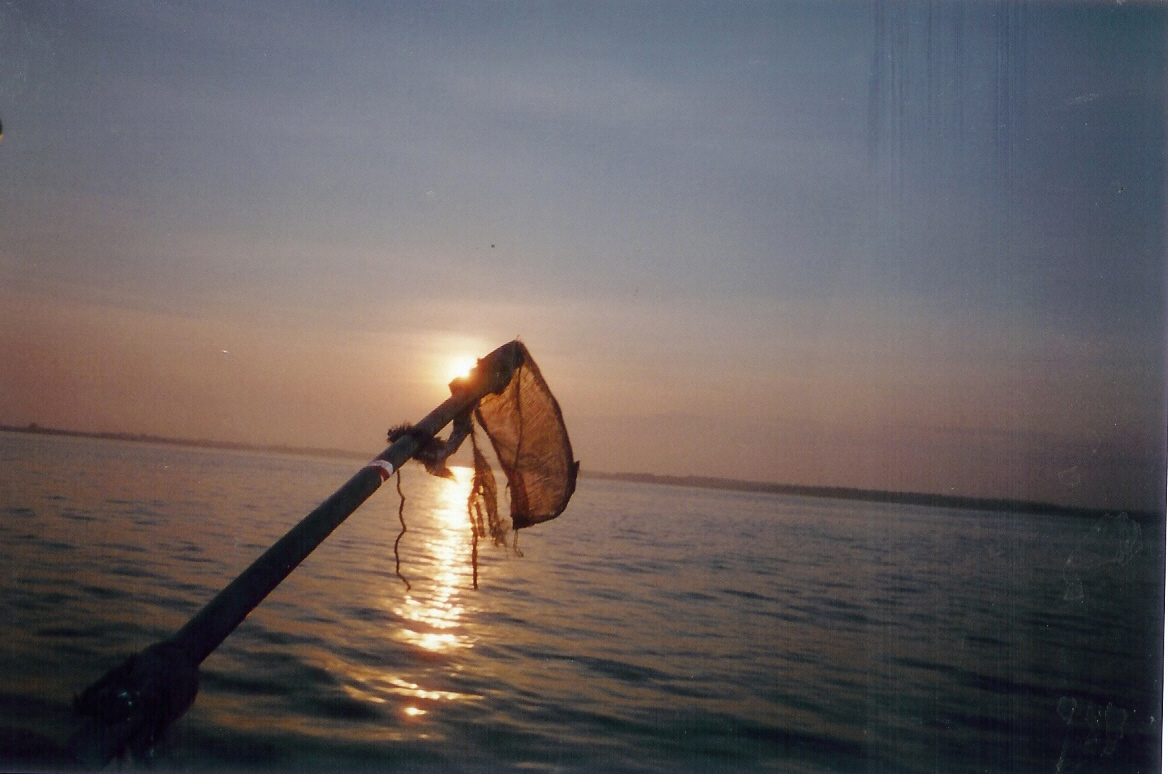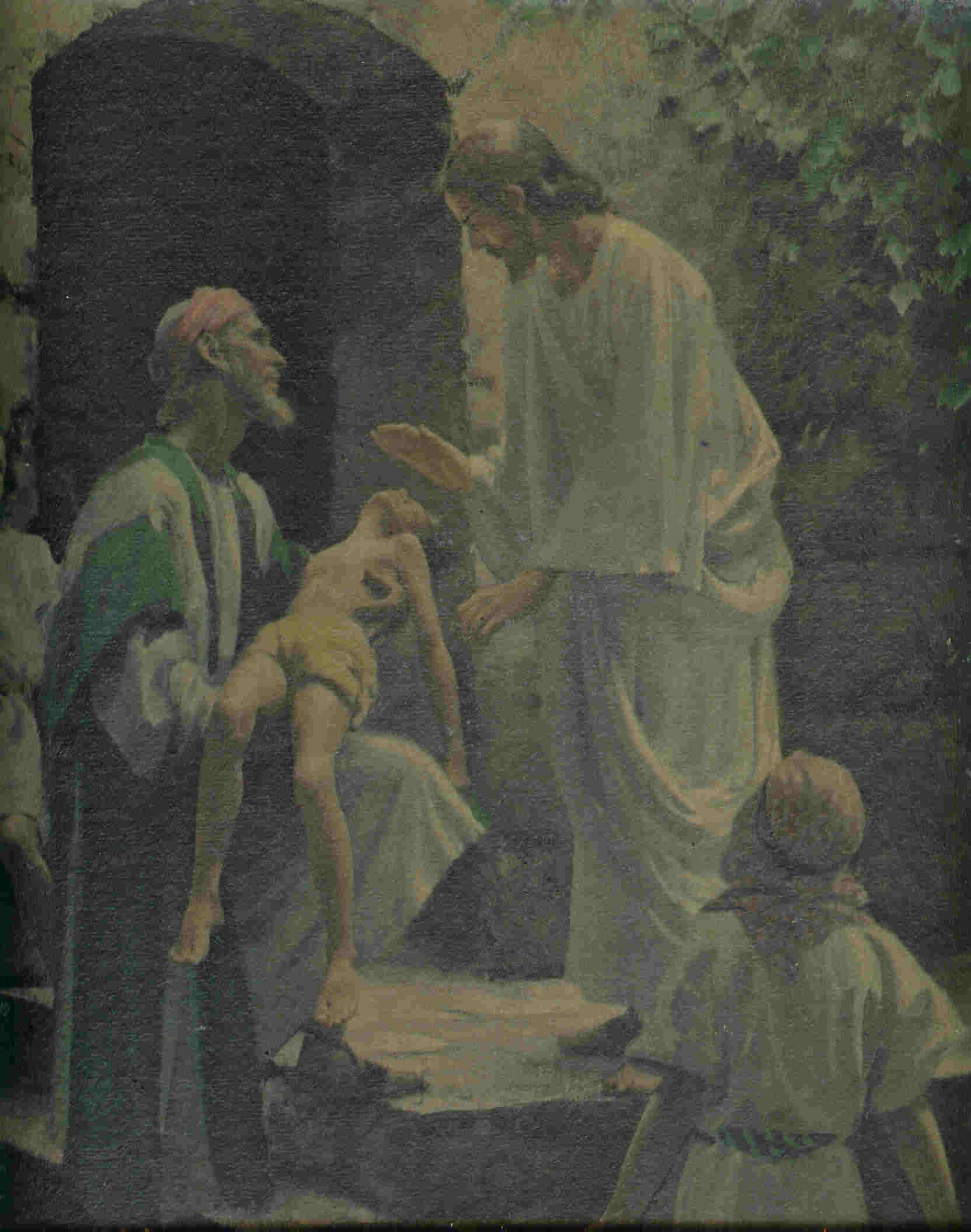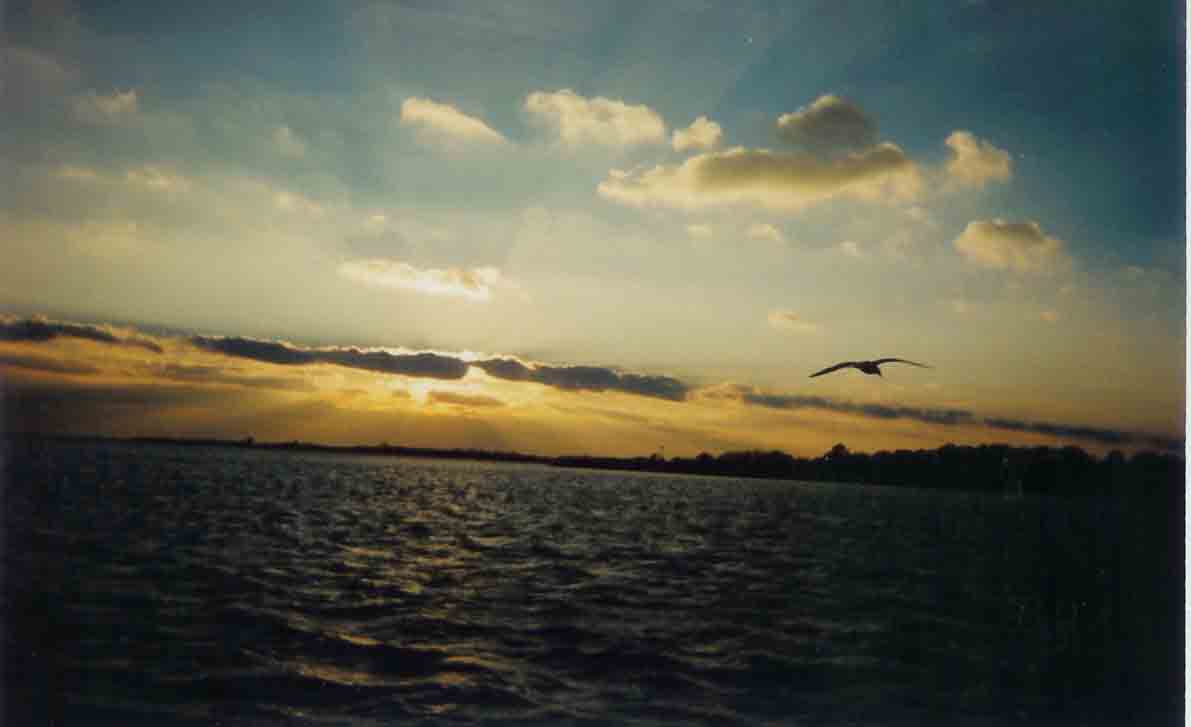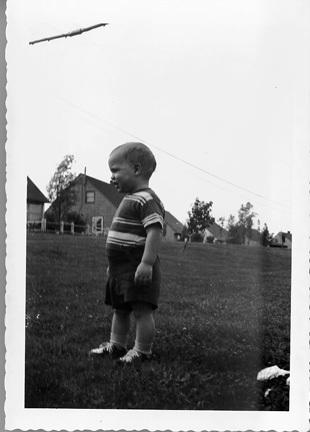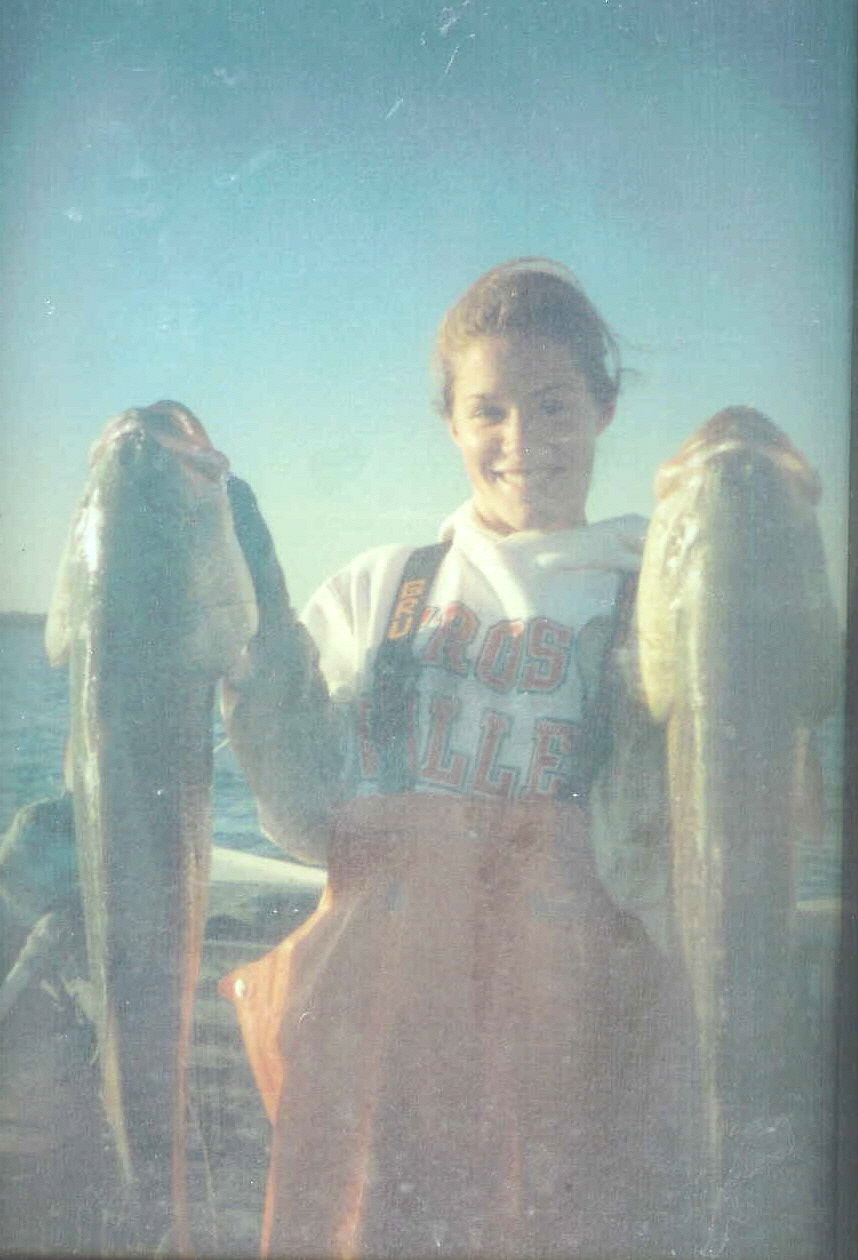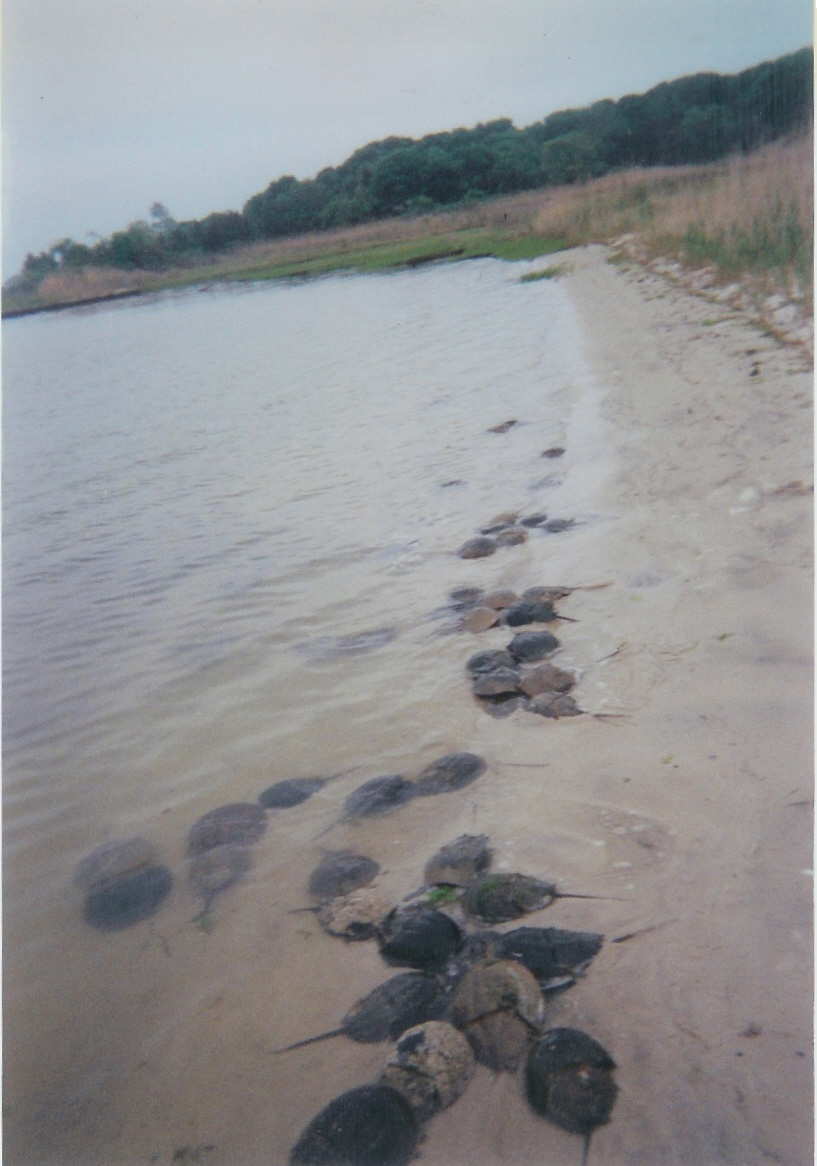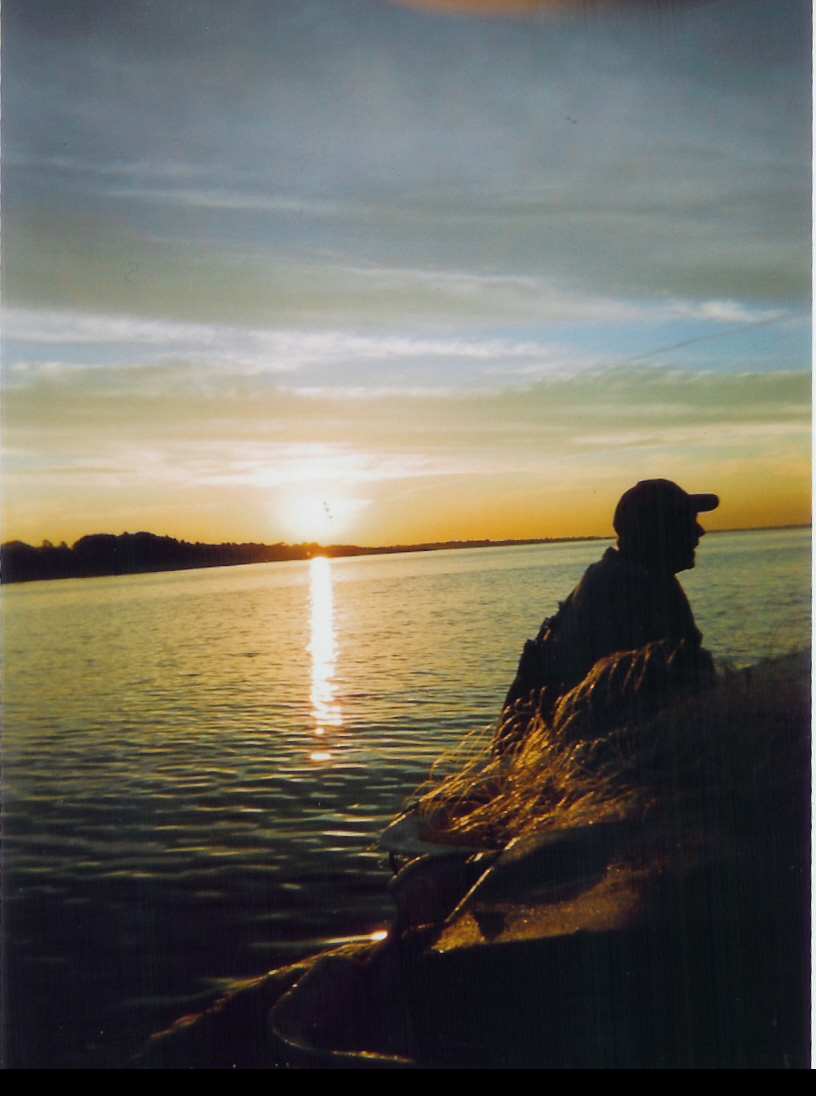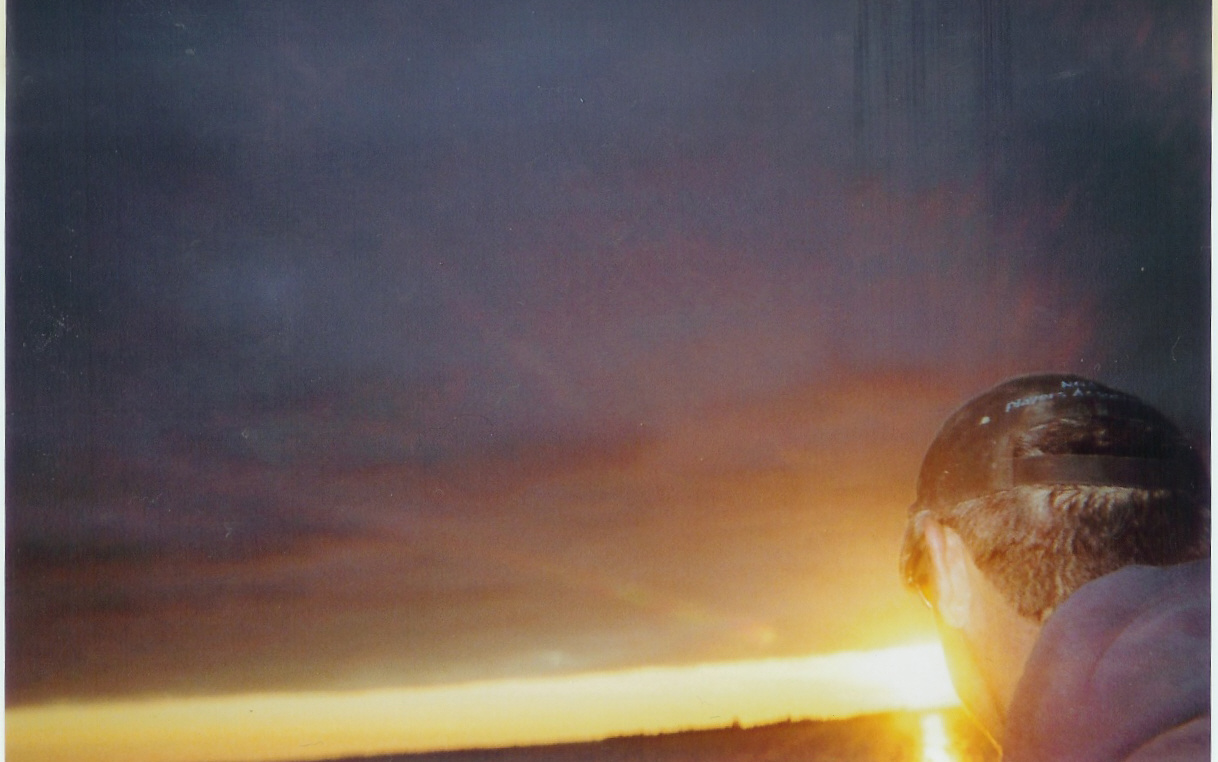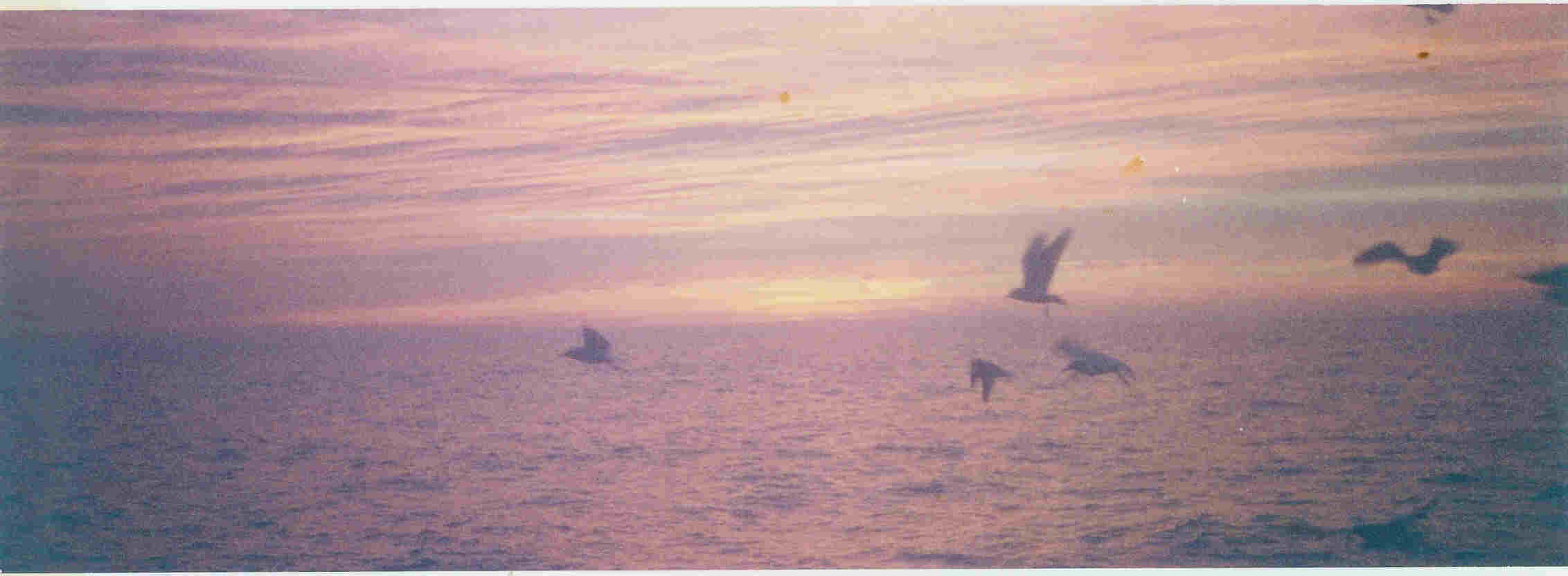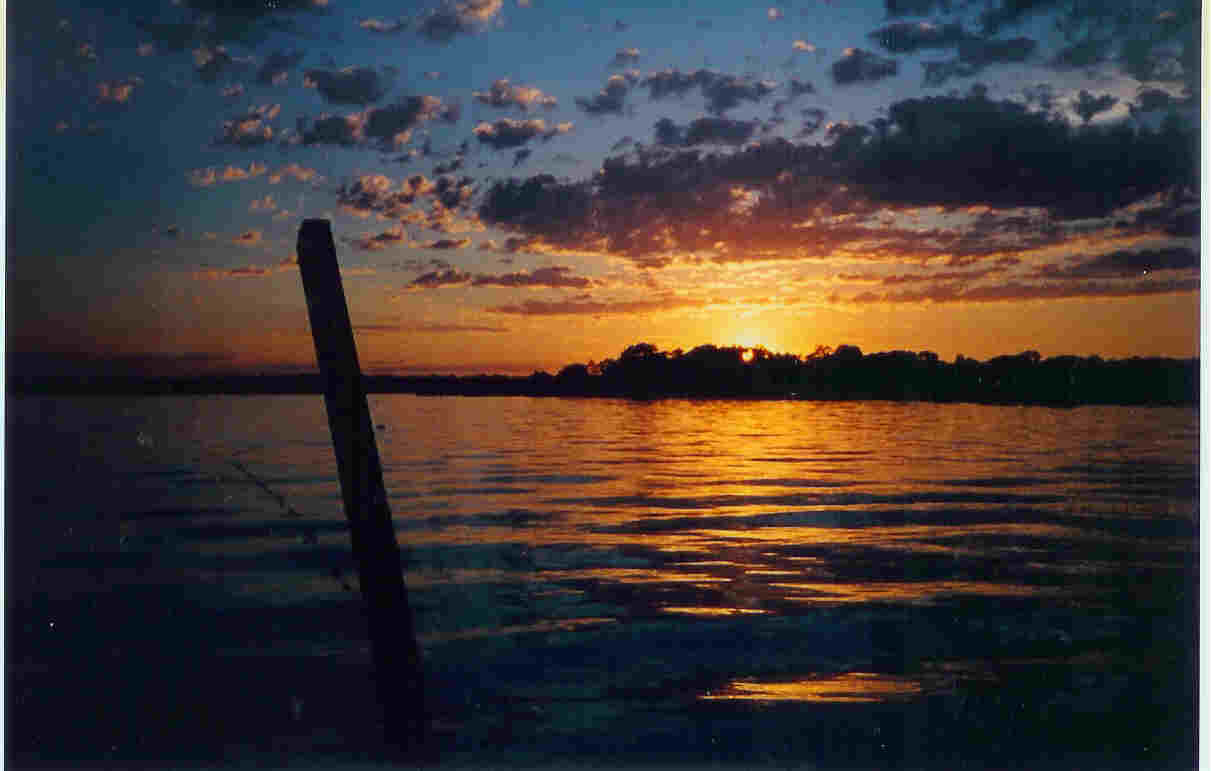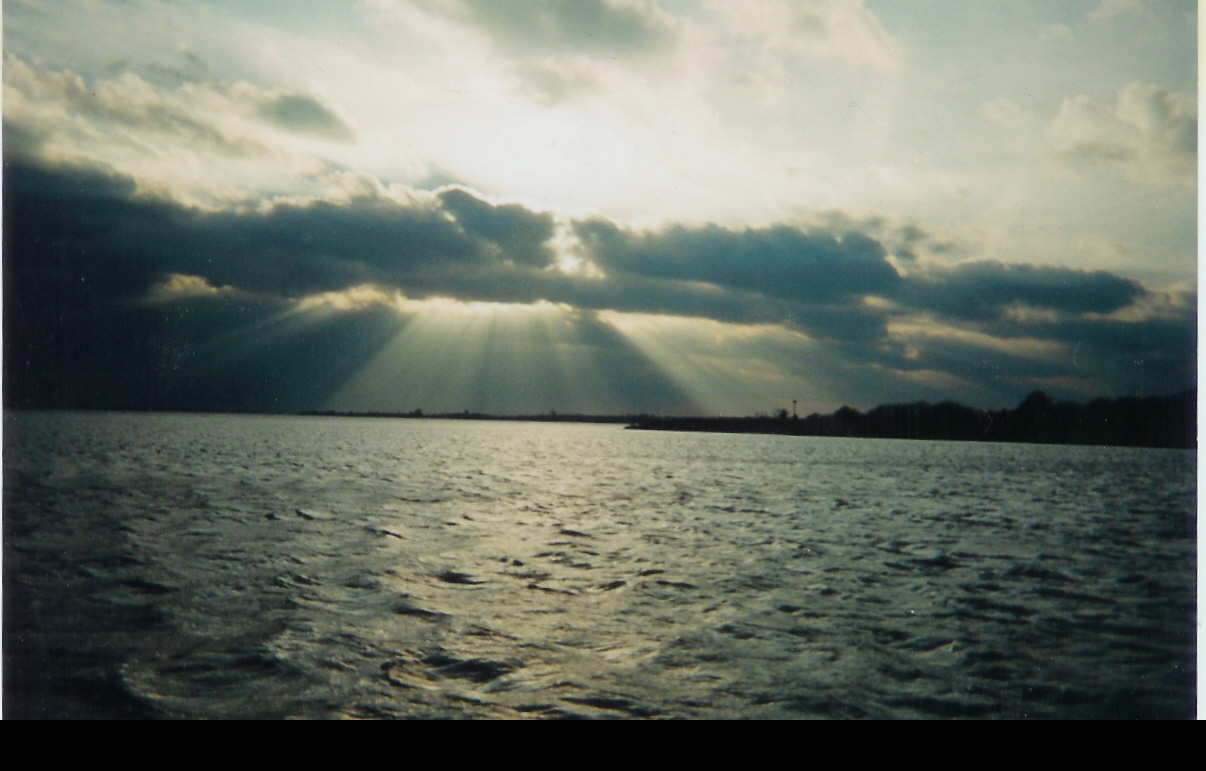
On his biographical DVD, THE HERO’S JOURNEY, Joseph Campbell, the late professor of comparative religions and author of many books on cultural mythology, recounted an incident on a radio talk show that led him to a personal epiphany on the subject of belief in God. After arguing with the host on the air about the value of myths as metaphors, he realized, he said, that “God is a metaphor for that which is beyond all categories of human thought,” and that personal belief in God stems from a person finding their chosen other-worldly metaphor to have value to their earthly life.
Granted, objectively speaking, this analysis has value in giving perspective to pure fundamental belief in the tenets, stories and descriptions of a particular religion. Biblical Abrahamic monotheism is belief in Almighty God as transcending the physical realm, which includes the darkness of human comprehension – “…and the darkness comprehended it not.” (John 1:5)
But the first part of that verse from the Gospel of John belies a fact of Christianity that Campbell, a former devout Roman Catholic who crossed “east of Suez” (as he oft put it) to the Eastern faiths of an impersonal godhead, seems to ignore. John begins that verse by stating, “And the Light was the light of men …”. This “Word” that was also “Light” which was “from the beginning with God” and “was God” also “became flesh and dwelt among us.” By interpretation, this account indicates that, while knowledge of the Divine cannot be attained by the power of human intellect, God has revealed himself in the person of the man Jesus of Nazareth.
Jesus never came out directly declaring to the world that he was the Son of God, but is depicted as having implied this in many places. This point is summed up in his reply to the Apostle Philip when he asked to be shown God the Father:
Jesus said to him, ‘Have I been with you so long, and yet you have not known me, Philip? He who has seen me has seen the Father; so how can you say, ‘Show us the Father?’”
We create metaphors as a means of communicating ideas that otherwise might defy description. We do this by conceiving in our minds of something in life and/or our imaginations that appears to us to be an effective parallel to something else, and then either write it down or tell it, or both. So a childrens’ story about three billy-goats and a troll under a bridge might have been told in antiquity to comment about some situation involving serfs held material hostage by a greedy and malevolent nobleman.
If there is a transcendent Almighty God (and there is, of course) our darkened minds may not be able to get their arms around him, but he can surely make himself known whenever and wherever he so desires. The Gospels are the accounting of the time when God did just that by conceiving of his own metaphor for himself in the womb of a Jewish virgin, then telling this metaphorical tale in the form of the life of a Jewish man who had been born in a manger in Bethlehem, the City of King David. As the Jewish joke about the proof that Jesus was a Jew goes, “He went into his father’s business, he was sure his mother was a virgin, and she was sure that he was God.”
There is great value for anyone who wants to see this Jesus as he really is in focusing on the fact that he was a Jew among Jews, being descended in the line of King David. There is a tendency for Christians to somehow see Jesus and the Apostles and his mother Mary and surrogate father Joseph as being something other than Jewish. But the fact is that they were, and that, for the first generation of believers at least, they believed they had followed Jesus into true Judaism. Maybe another parallel project for this particular purpose might be called “The Gospel of the Nice Jewish Boy.”
However, the effective principal of this human metaphor of God was not based in his cultural origin. It is in the nature of his being. And that was loving kindness. And it was completely human. He did nothing Godlike as far as we know; he left the Godlike acts to his Heavenly Father. He did not produce the signs of his power and authority as the Jewish leaders demanded of him and some of his disciples were hoping for. When miracles were produced he prayed beforehand and gave his Father the credit afterward. He even said that through faith those listening to him would produce “greater things than these.” And all of his miraculous acts had loving kindness at their core.
If we compare Jesus of Nazareth to himself, vis a vis his actions to his words, we can argue endlessly of the nuances and connotations of who and what he was portraying himself to be. But when we compare him to other deities and avatars that have purportedly walked the earth, the distinctions of this particular “one solitary life,” a phrase made famous by an adaptation of a sermon recounted in Dr. James Allan Francis’ book, “The Real Jesus,” come into bright line focus. He really did very little, by historical standards, in his life, and we have no independent corroborative evidence that he ever really existed. But a line can be drawn through the development of humanity on earth where the standards of all human behavior began to rapidly change, eventually allowing for great “free” societies made up of hundreds of millions of people living basically shoulder to shoulder and, quite literally, on top of one other, in relative peace and harmony.
The classic Christian belief doesn’t end it there: “On the third day he rose again. He ascended into heaven and is seated at the right hand of the Father,” the Apostle’s creed puts it. In my particular chosen belief system, the Roman Catholic Faith, people crowd into churches to sit in uncomfortable wooden pews on cold and bleak winter mornings to listen to a man dressed in funny clothes reciting the same prayers that were read last week and every week before, that not because they are afraid that they will rot in hell for eternity if they don’t. For the most part, it is because they have felt the kind, human touch of the Divine at some point and at many significant points in their lives. There is only one belief system that I know of that allows for such life experiences, and that is the one that identifies the Divine active principle with a eminently kind and compassionate Jewish man who was killed over two thousand years ago, rose again from the grave and reaches with a still human hand to touch lives from God’s transcendent dimension.
No threat of punishment under the law enforced by ethereal threats of eternal suffering or by paramilitary troops and prison terms and death could alone bring about the cultural changes the world has undergone in the Christian era. What has brought us into this place in human history was the one solitary life that displayed pure loving kindness to every person that was brought before him, regardless of age, gender, class, genealogy, status in the community, and even religious belief. No one who looked to him for help went away unsatisfied. He had the power and authority of his Father in heaven to back up the loving kindness in his heart, and his Father did not hold anything back.
Starting first in the land of Canaan and then spreading into Europe and the Middle East and finally all over the world, the stories of the spontaneous loving kindness of this Jewish man who could calm the stormy seas with a word, give sight to a man afflicted with congenital blindness with mud he made with his own spit, feed hordes of hungry followers with a couple of dried fish and a few loaves of bread, and give women and children an eminent place in his work in the midst of a culture that had rendered them all but irrelevant, have been and are being told and retold. The result is that being kind to your neighbors to the point of your own detriment and despite who and what they are – even if they are your sworn enemy – is the universal norm as to what being “good” is. Jesus of Nazareth, in effect, has become the “good angel” on the right shoulder of the world. And in those places where such is not yet the case, the dominant national powers of the world apply political and military pressure that these governments clean up their acts.
I’m not saying that the current state of affairs is that the Kingdom of God on earth will break out with more forced regime changes at the point of armored fighting vehicles and smart bombs. To the extreme contrary, I am merely pointing out that, as with the example given by Jesus, the Davidic Galilean Jew, the power of God to change the world is unleashed through individual acts of pure human kindness.
